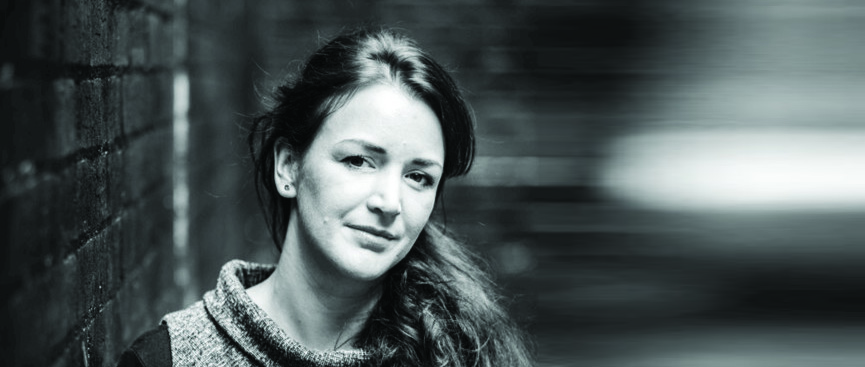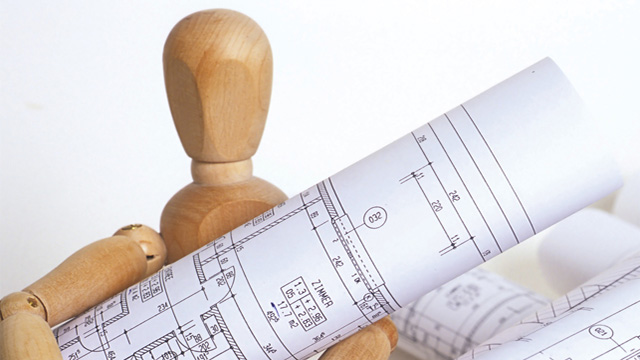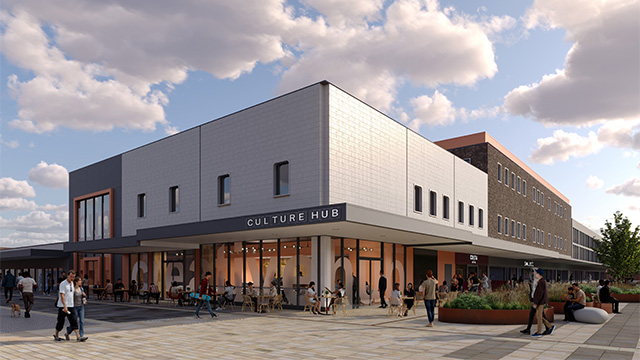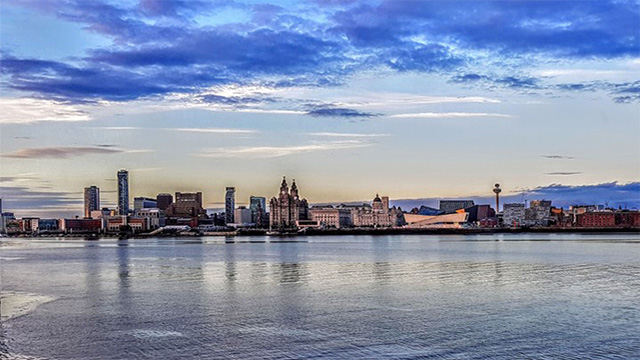COMMENT The starting point to receiving mental healthcare support can sometimes begin in a crisis.
Often it is with a police officer, working in partnership with the local health network, taking a person to a place of safety or Section 136 suite, a facility for people who are detained under Section 136 of the Mental Health Act where they are assessed by a healthcare professional within a 24-hour period to decide on next steps for treatment.
The King’s Fund found there has been a 45% increase in reported detention cases since 2017. The Royal College of Psychiatrists describes a shortage of appropriate facilities and says more are needed to prevent inappropriate use of police custody and A&E departments.
The law keeps evolving to try to protect patients and the public when moving people to places of safety, but the environment of the destination itself is only briefly mentioned with reference to some environmental factors, safety, robustness and observation. It appears the facility is seen as a place to contain, detain and assess rather than a place to potentially aid the recovery process.
The patient experience
More research is needed on the patient and carer experience in the UK in relation to 136 suites. What we have learnt in some cases is that this can be an extremely traumatising journey.
Imagine being at a very low point in your life and being taken unwillingly into an unfamiliar environment.
Involuntary admission is highly sensitive and has common issues relating to perceived coercion, dignity and human rights.
Since being taken to a place of safety is sometimes the gateway to people’s admission, this has potential to set the tone for their patient experience, severely impacting overall speed of recovery and duration of stay if committed into a mental health ward. Patient outcomes can vary with patients also going straight home after assessment.
Due to concern over safety features and lack of research on the benefits of providing a more therapeutic place of safety, it is often very basic in nature with bright lighting and very little in the sense of visual interest for fear of creating a triggering environment.
But there is no evidence that an environment devoid of art, visual interest, high quality furniture and biophilic design is in anyway beneficial for 136 suites. In fact, the opposite can be said for aiding recovery for general health and wellbeing.
Humanising places of safety
How can we improve this experience and give people the best chance to de-escalate, enabling a rapid assessment? As designers, we should be looking for opportunities to humanise this journey from the point of entry to the facility.
Although it might seem inappropriate to compare a Maggie’s Centre or a Macmillan Centre to a place of safety due to the nature of their use, there are still valuable comparisons to be made.
These well-known charities afford an uplifted patient user experience by investing in high quality building materials, furniture, art and biophilic design, creating a welcoming and therapeutic experience for patients and relatives of those affected by cancer.
A new concept
Arcadis mental health experts have been working with NHS Trusts designing facilities for over 10 years, gaining valuable experience by co-designing with NHS Experts by Experience.
Hearing first-hand accounts from patients and staff has enabled us to gain valuable insights into their lived experiences, resulting in us developing a building concept called Halcyon – meaning peaceful, gentle, calm and tranquillity.
By focusing on the patient experience and the senses, we have developed a concept to infuse the environment with nature, art, visual interest and choice.
This includes giving patients some control and autonomy over their environment, which has also been associated with reduced aggression. An improved outcome could mean achieving more rapid de-escalation and a less traumatic experience for all.
As well as providing a safe, secure and dignified patient experience, we should aim to develop spaces to provide sanctuary, fostering psychological comfort.
This can be achieved by using evidence-based design concepts surrounding the senses, proxemics and neurodiversity; biophilic visual interest; organic-influenced materials palette for a tactile experience; forest sounds and smells; circadian rhythm lighting and patient choice.
For the additional upfront capital costs of building in beautiful spaces, could we see greater value in patient wellbeing and self-regulation affecting length of stay and overall recovery? This environment may enable staff to deliver better patient-centric care from the outset.
Alice Green is associate principal, architecture and urbanism, mental health, Arcadis











